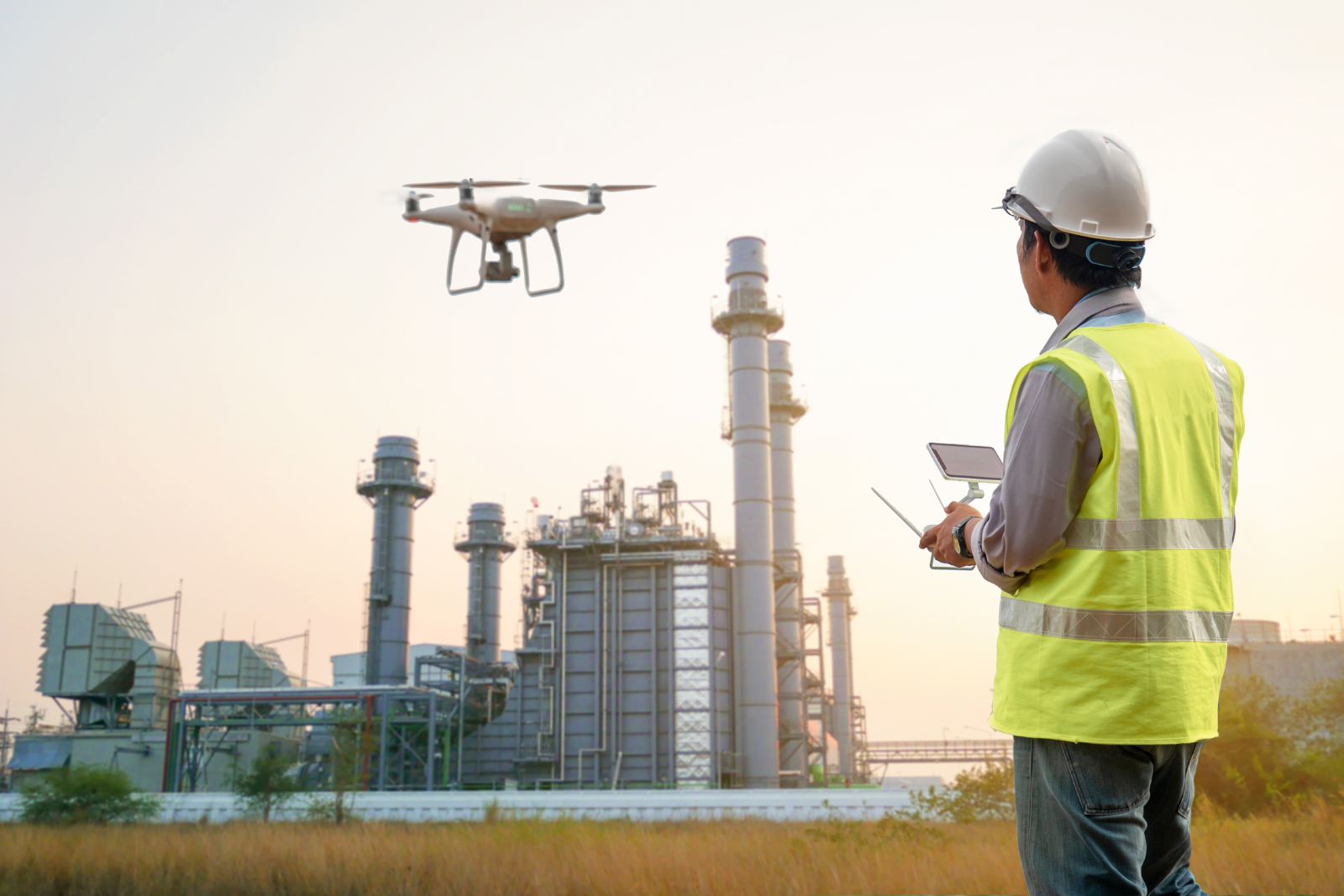
A new technology, using flying robots (drones) that work cooperatively like bees, might soon be something we see in use on a construction site.
Imitating some of the methods used by nature’s airborne builders, the technology (which has so far been tested in a lab) could ultimately be used for manufacturing and building – particularly in difficult-to-access or dangerous locations such as tall buildings or help with post-disaster relief works. Read on to find out more…
A new approach to 3D printing
3D printing in construction has been gaining popularity in recent years, for instance in the use of static and mobile robots that can print some of the materials required to create steel and concrete structures.
Now, a research and development team from Imperial College London and Empa (the Swiss Federal Laboratories of Materials Science and Technology) has taken 3D printing capabilities quite literally to the skies – through the use of autonomous drones.
Taking inspiration from the way bees, wasps and other natural builders work together to create large, intricate and complex structures, these new drones (known as Aerial Additive Manufacturing or Aerial-AM), work co-operatively from a blueprint, adapting their techniques as they go.
While flying, the drones operate completely independently but the technology does still require a human controller to monitor and check the information provided by the drones and to intervene if it should become necessary.
Leading this work, Professor Kovac, of Imperial’s Department of Aeronautics and Empa’s Materials and Technology Centre of Robotics said:
“We’ve proved that drones can work autonomously and in tandem to construct and repair buildings, at least in the lab. Our solution is scalable and could help us to construct and repair building in difficult-to-reach areas in the future.”
How does it work
The Aerial-AM uses 3D printing and a path-planning framework that helps the drones adapt to the geometry of the building (it’s shape and form) as it progresses.
A fleet of drones is used to carry out building or repair tasks, consisting of BuilDrones, which deposit materials during flight, and ScanDrones, that handle quality control, continually measuring the BuilDrones’ output and informing them of their next steps.
The researchers behind this concept have lab tested it, giving the drones four cementitious mixture to build with. The result is that the drones proved they could adapt their behaviour according to the building’s geometry and met the building specifications within an accuracy of five millimetres.
Now the researchers are looking to work with construction companies to validate the technology’s capabilities beyond the lab. It is hoped that, once that’s been confirmed, this new approach will be adopted by the industry as an improvement to the methods used when building or repairing structures in tall or other hard-to-access locations.
Professor Kovac added:
“We believe our fleet of drones could help reduce the costs and risks of construction in the future, compared to traditional manual methods.”
17.01.2023
Feature image: Freepik
(NOTE: This image has been used for illustration purposes only and does not represent what the Aerial-AM looks like)
Source material: Imperial College London








